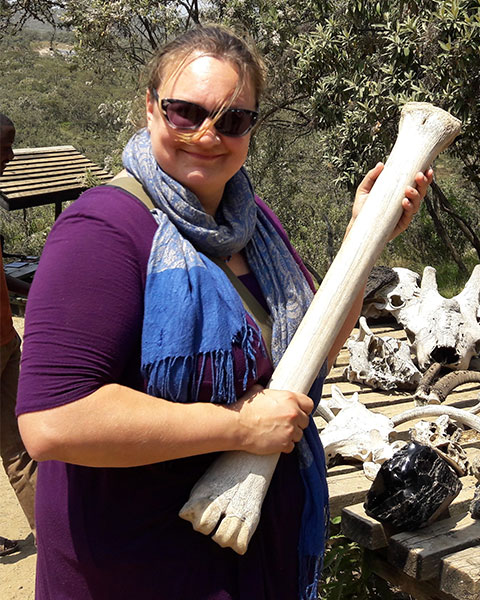Systematics, Evolution, and Biodiversity
Student Competition Poster
Student PBT and SysEB On-Demand Posters
Characterizing insect communities in thin-soil environments

Katherine M. Manning
PhD candidate
Kent State University
Kent, Ohio
Christie Bahlai
Assistant Professor
Kent State University
Kent, Ohio
Presenting Author(s)
Co-Author(s)
Natural thin-soil environments are those which have little to no soil accumulation atop hard substrates. Many of these natural thin-soil environments, such as alvars, rocky lakeshores or glades, cliffs and cliff bluffs, and barrens, are found in the Great Lakes Region of North America. Due to their ubiquity and ecosystem services they provide, characterizing insects in sensitive environments such as these is important. This study monitored insects in nine thin-soil sites, within three regions, on a 630 km latitudinal gradient in the Southeastern Great Lakes Region of North America from June - August 2019. Over 22,000 insect specimens collected were identified to order or family, and bee specimens were identified to genus or species. Plants within meter-squared quadrats were identified to genus or species. We found that overall insect community composition and biodiversity characteristics were similar between the three regions examined. However, the southern region differed from the northern and central regions for abundance and evenness, and from the central region for richness. Bee identity was similar across all regions, finding no differences in biodiversity metrics and similar community composition, but with certain taxa unique to each region. Although all regions contained unique plant taxa, insect community characteristics were similar among them. This study provides taxonomic information about the insect, particularly bees, and plant communities in thin-soil environments in this region, which could support conservation and management efforts.



